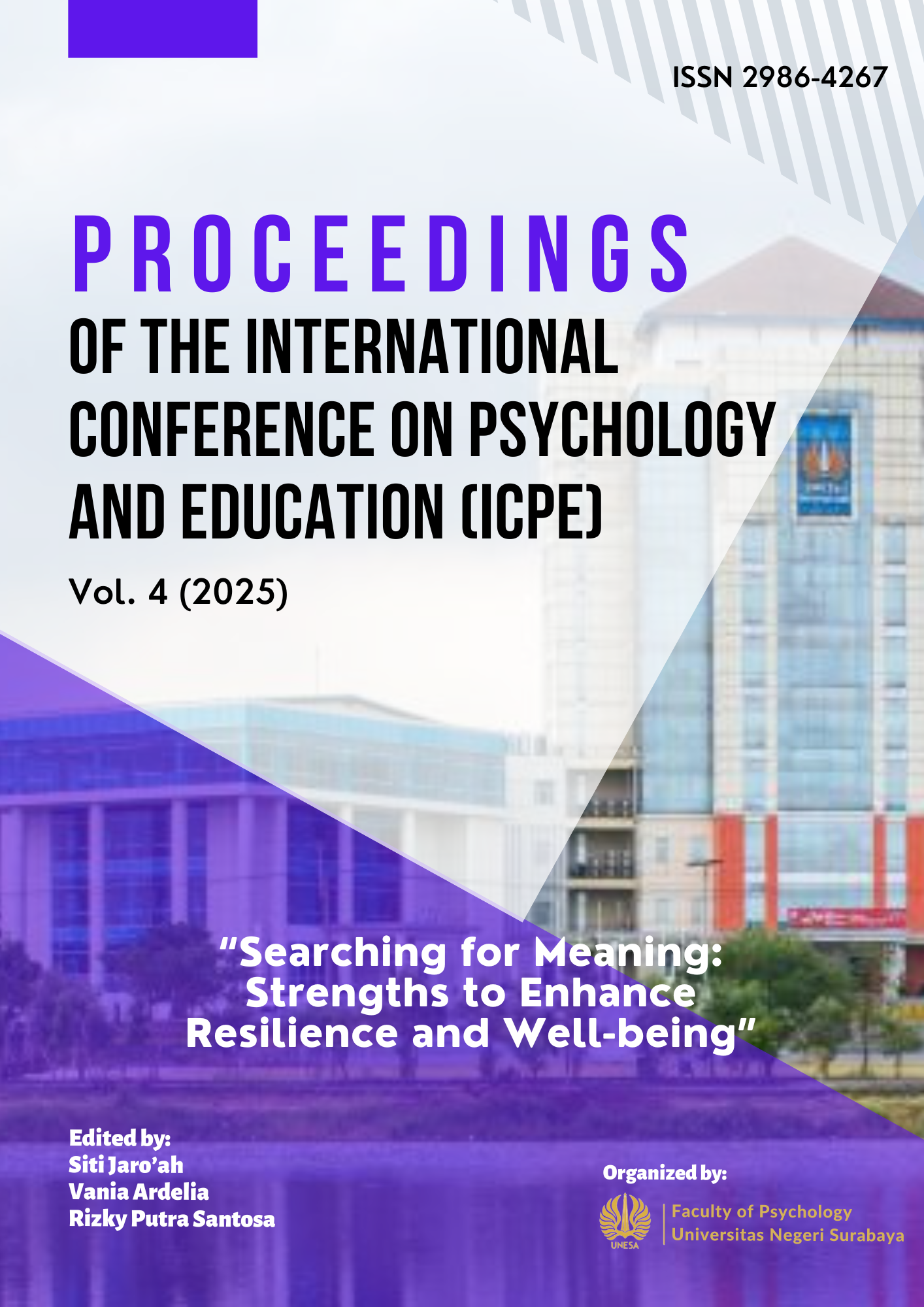Exploring the Link Between Self-Control and Risky Sexual Behavior in University Students
Keywords:
sexual behavior, self control, students, universityAbstract
This literature review investigates the association between self-control and engagement in risky sexual behaviors among university students. Risky sexual practices such as engaging in unprotected sex, having multiple sexual partners, and initiating sexual activity at an early age have been shown to correlate with a range of adverse consequences, including increased vulnerability to sexually transmitted infections (STIs) and unintended pregnancies. Self-control, conceptualized as an individual's capacity to manage impulses, emotions, and behaviors in alignment with long-term objectives, serves as a crucial psychological buffer against such risk-taking behaviors. Drawing upon a synthesis of empirical findings and relevant theoretical models, this review highlights a recurring pattern: students with diminished self-control are more likely to partake in high-risk sexual behavior. Furthermore, the review considers the influence of situational and environmental variables such as peer dynamics, substance use, and digital media exposure as potential moderators. The evidence underscores the significance of cultivating self-regulation skills in promoting safer sexual behavior and advocates for the integration of self-control development within health education programs targeted at university populations. The method employed was a literature review, with a total of 10 articles included based on the screening process. The findings indicate that premarital sexual behavior among university students is influenced by various internal and external factors. Furthermore, self-control plays an important role in preventing students’ involvement in premarital sexual behavior.
Downloads
Published
How to Cite
Issue
Section
License
Copyright (c) 2025 International Conference on Psychology and Education (ICPE)

This work is licensed under a Creative Commons Attribution 4.0 International License.
Authors who publish in this journal agree to the following terms:
Copyright in any article is held by the author.
The author grants the journal, publication rights with the work simultaneously licensed under a Creative Commons Attribution License that allows others to share the work with an acknowledgment of the work's authorship and initial publication in this journal.
Authors may enter into separate, additional contractual arrangements for the non-exclusive distribution of the journal's published version of the work (e.g., posting it to an institutional repository or publishing it in a book), with an acknowledgment of its initial publication in this journal.
Authors are permitted and encouraged to post their work online (e.g., in an institutional repository or on their website) prior to and during the submission process, as this can lead to productive exchanges, as well as earlier and greater citation of published work.

